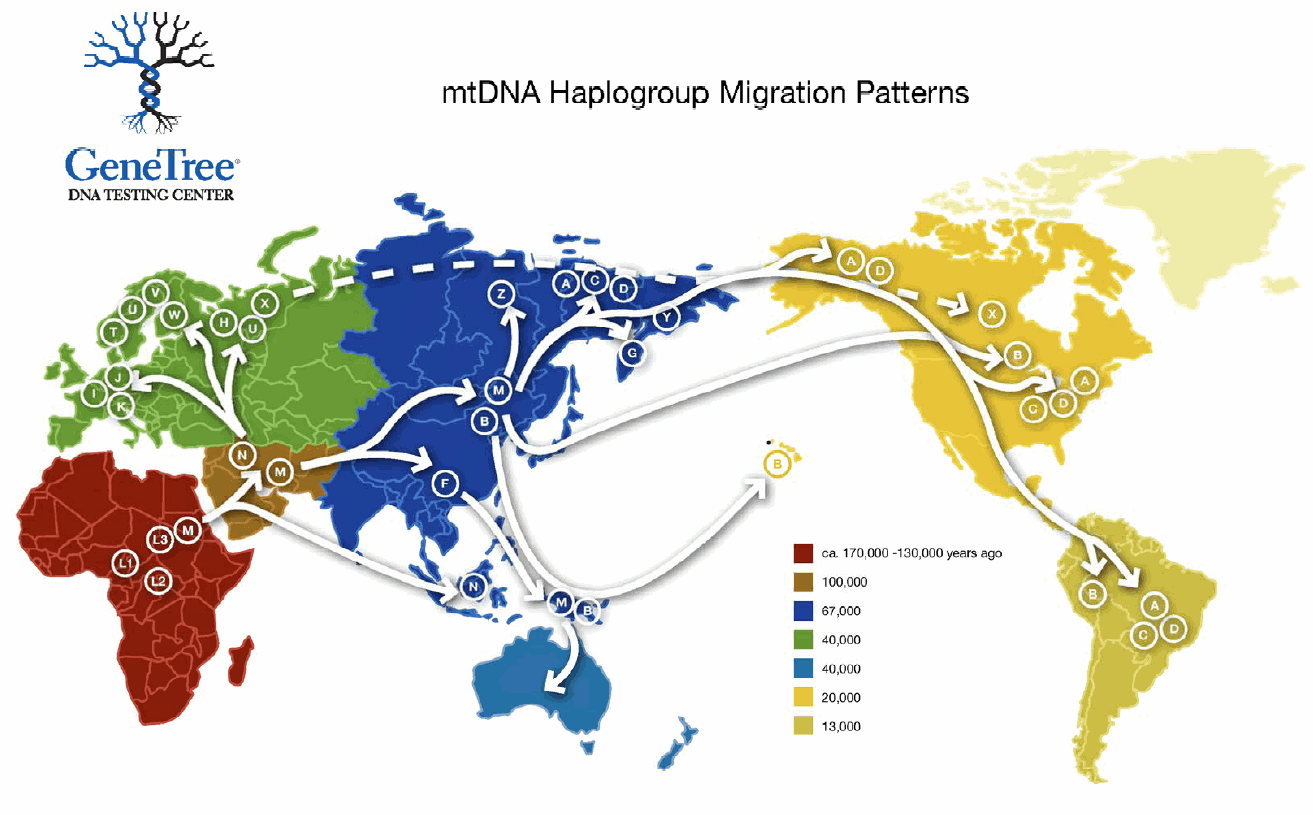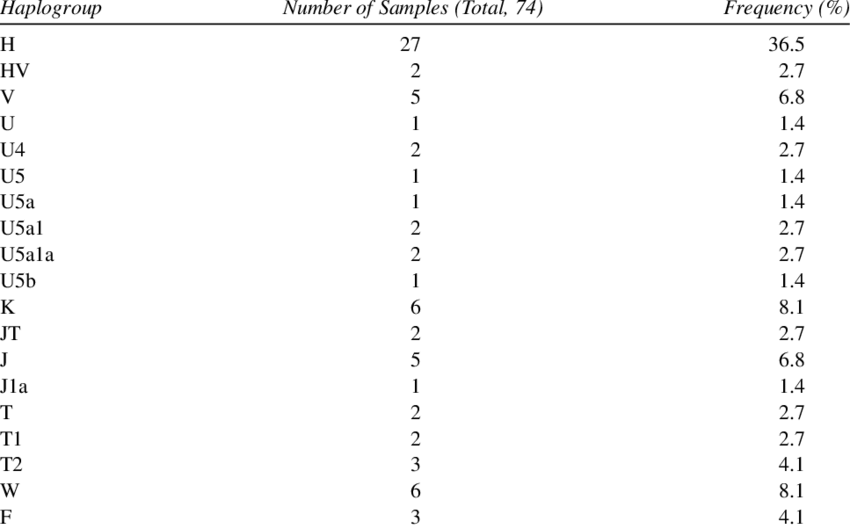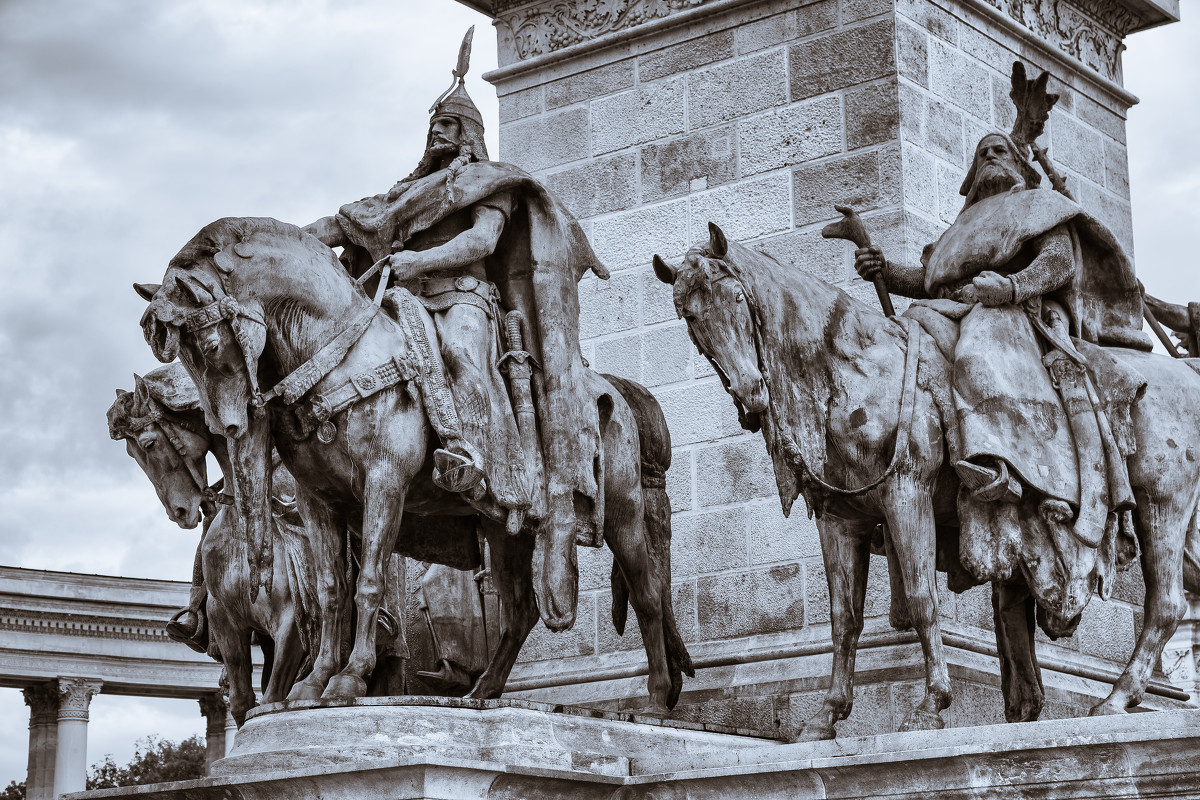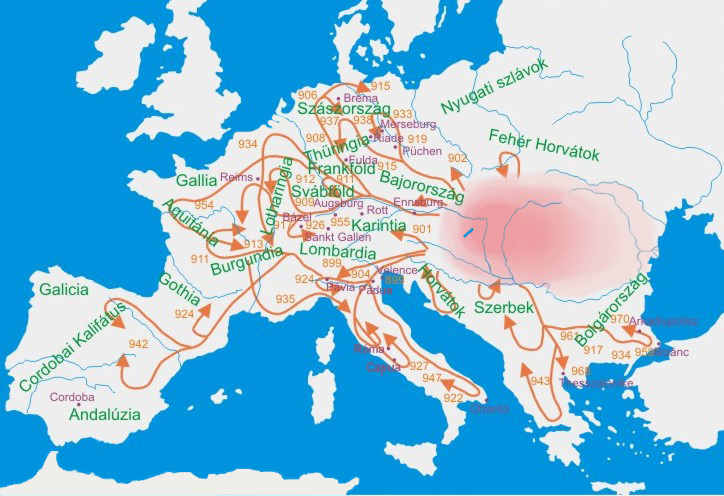rupol2000
Gold Member
- Aug 22, 2021
- 18,215
- 2,621
- 138
- Banned
- #1
It is believed that the Aryans came to Europe from the East, from the Great Steppe, founded several cultures there, among which the latter was La Tene, then became known as the Celts and latins. It is believed that a significant proportion of Europeans descended from them. It is believed that these are some of the subclades of the macrogroup R. But in Europe there are almost no women originating from Central Asia or Siberia, from the places of primary Aryan localization. How could this have happened? Either they did not migrate with the men, which is unlikely, or they are exterminated. By whom? Perhaps during a witch hunt?









